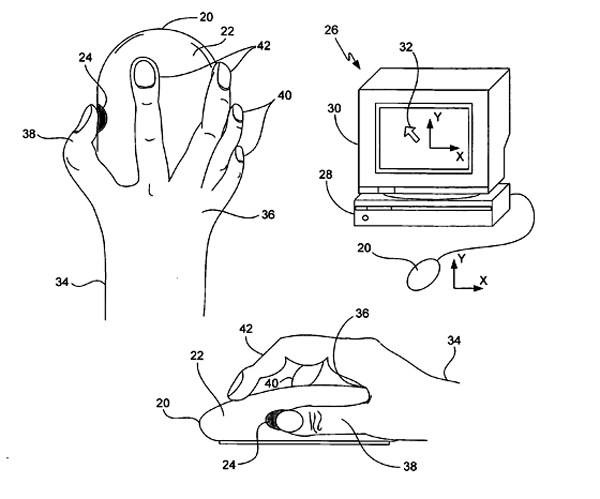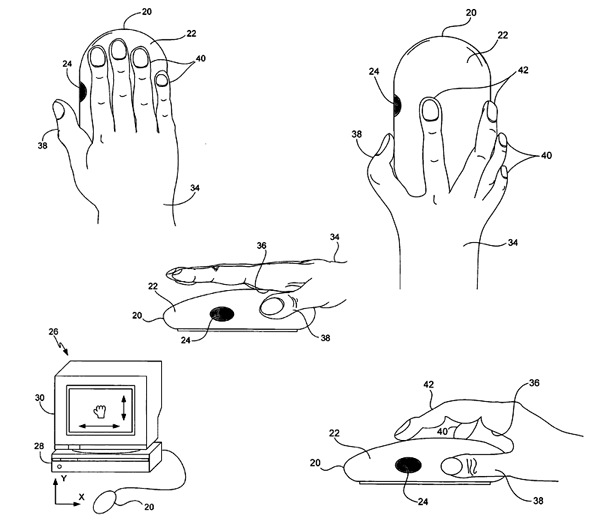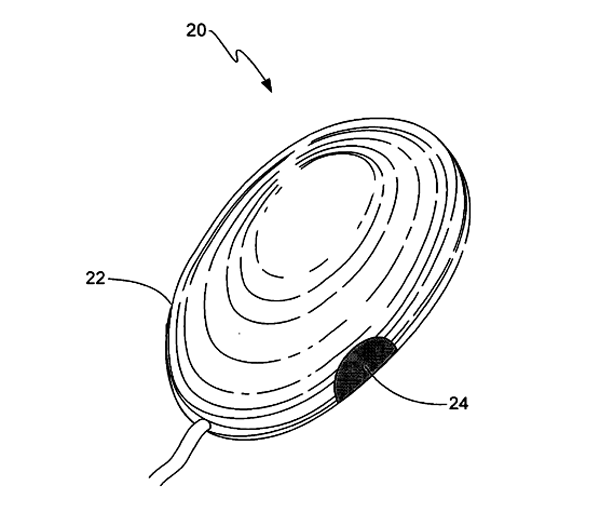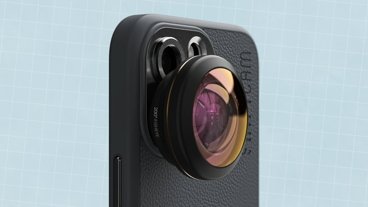Next-gen Apple mouse may dump scroll ball for touch housing
One of the Apple fellows behind the company's multi-touch iPhone interface has shifted his attention to a next-generation mouse design that will forego the use of buttons or a scroll ball in favor of a touch-sensitive housing, a recent company filing has revealed.
"The method generally comprises first sensing in which hand position the mouse is being held, each hand position indicating a corresponding mode of operation of the mouse," Huppi wrote. "If the mouse is being held in a first hand position, the mouse performs according to a first mode of operation, whereas if the mouse is being held in a second hand position, the mouse performs according to a second mode of operation."
The Apple interface designer said the first mode of operation may be a cursor control mode and the first operations on the display screen may be cursor movements on the display screen. The second mode, he continued, may be a pan and/or scroll control mode and the second operations on the display screen may be scrolling and/or panning movements on the display screen.
For example, Huppi in the illustrations accompanying the filing shows that when the mouse is held in its conventional form — with the index finger somewhat centered near the upper housing and remaining fingers spread towards the sides — it will function in cursor control mode. However, should the user shift their grip on the mouse downwards or engross the top housing with four fingers, it would shift into pan/scroll control mode.
As part of the invention, Huppi notes, the mouse is configured to provide command information, which informs the host system (Mac) as to which of the GUI movements (e.g., cursor or scroll/pan) to implement when the mouse is moved along the surface.
The Apple Mouse Held in Cursor Control Mode
"The command information is generally provided by a switch arrangement that is actuated by the user during manipulation of the mouse, i.e., the user may switch between cursor movements and scroll/pan movements," he wrote. "For example, the switch arrangement may activate the cursor movements when the hand is positioned proximate the modal areas and it may activate the scroll/pan movements when the hand is positioned away from the modal areas (or vice versa)."
The position of the modal areas relative to the mouse housing may be widely varied, Huppi added. "For example, the modal areas may be positioned almost anywhere (e.g., top, side, front, or back) on the mouse housing so long as they are accessible to a user during manipulation of the mouse."
In one particular embodiment of the invention, the Apple designer said optical sensors are used. "In this embodiment, the optical sensors are located within the mouse housing, and the mouse housing has light passing portions close to the optical sensors that allow the optical sensors to work through the housing," he explained. "The light passing portions may be formed from a translucent or semi-translucent material or from a material that is filtered so as to allow only certain spectrums of light (e.g., infrared) therethrough."
Like Apple's existing Mighty Mouse, Huppi's invention calls for the device to include one or more concealed buttons that provide a clicking action for performing actions on the display screen. "By way of example, the actions may include selecting an item on the screen, opening a file or document, executing instructions, starting a program, viewing a menu, and/or the like," the filing states. "The buttons may be widely varied. For example, the buttons may be mechanical buttons that are disposed in the housing or a unified button/housing that incorporates the functionality of a button (or buttons) directly into the mouse housing."
The patent application, revealed for the first time Thursday, remains under review.
 Katie Marsal
Katie Marsal













 Sponsored Content
Sponsored Content
 William Gallagher
William Gallagher

 Chip Loder
Chip Loder
 Andrew Orr
Andrew Orr
 Christine McKee
Christine McKee
 Marko Zivkovic
Marko Zivkovic








